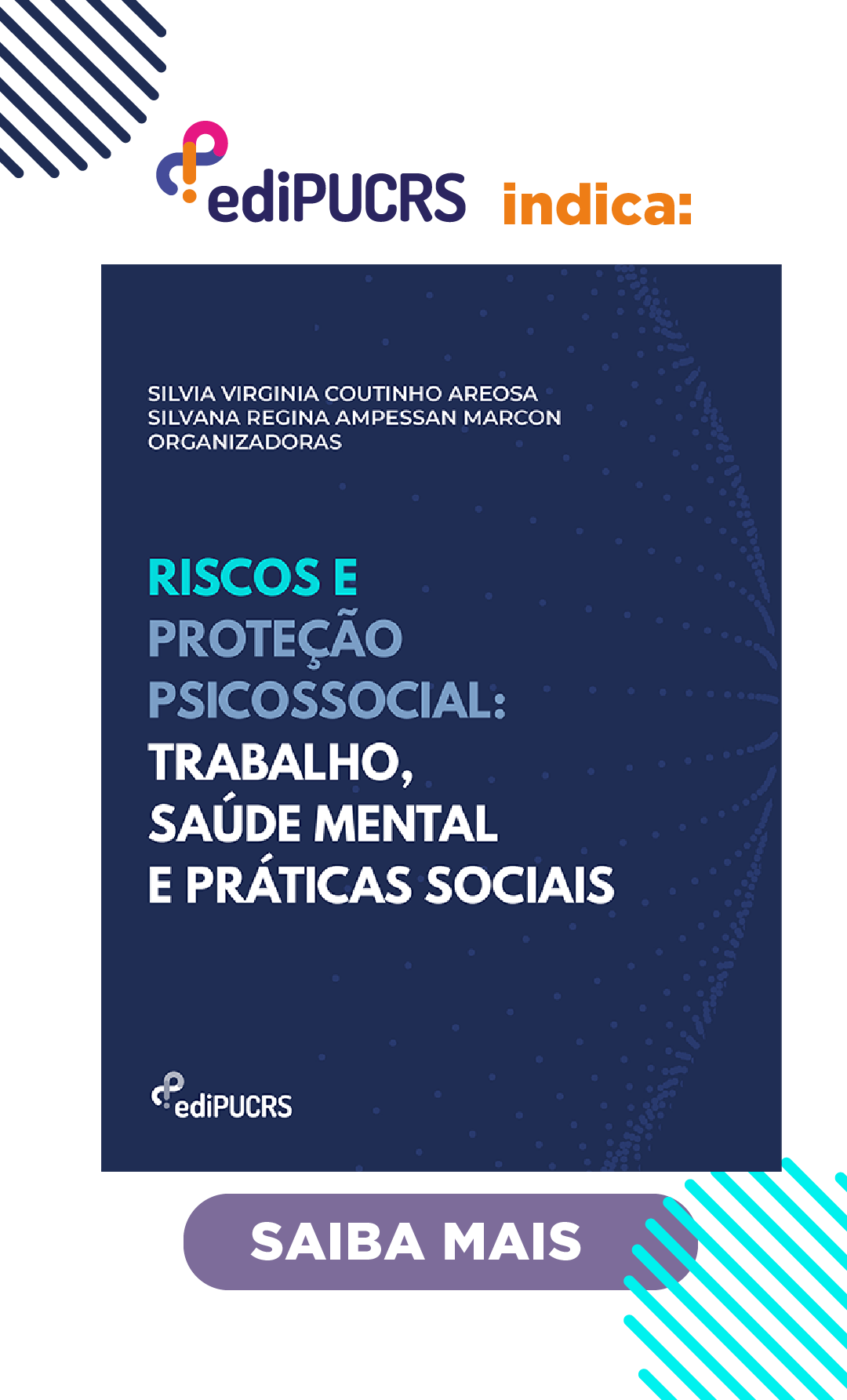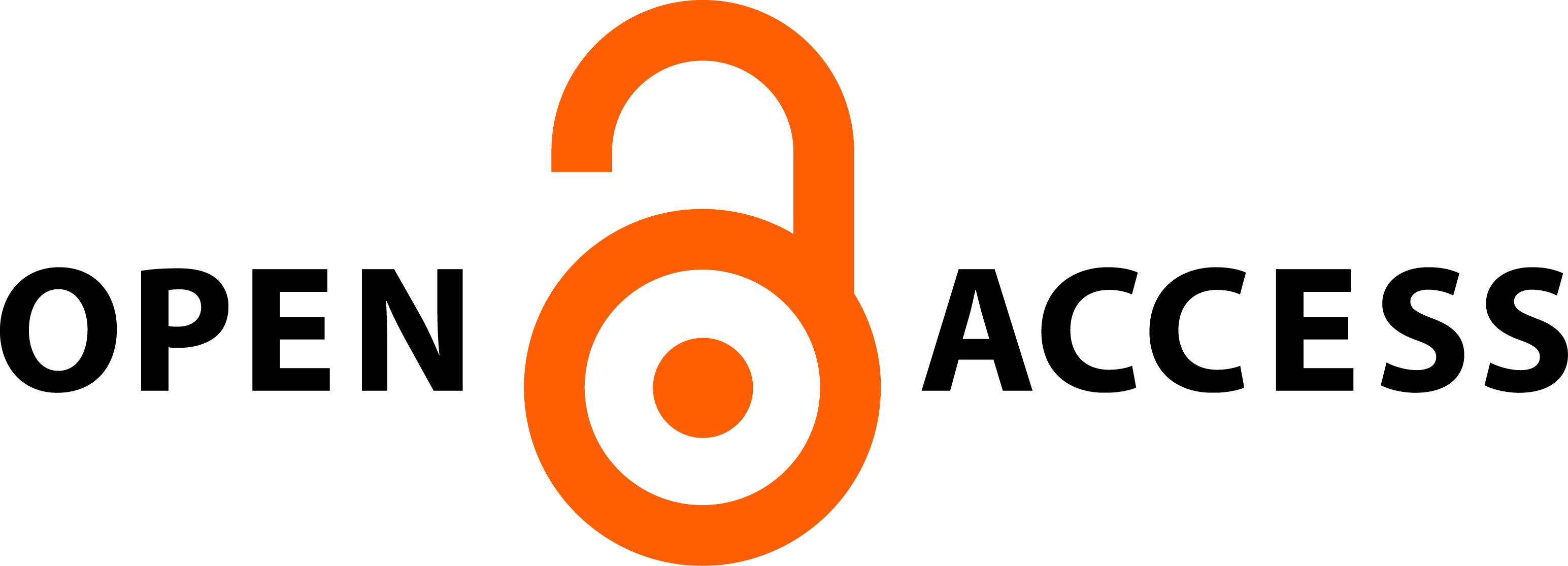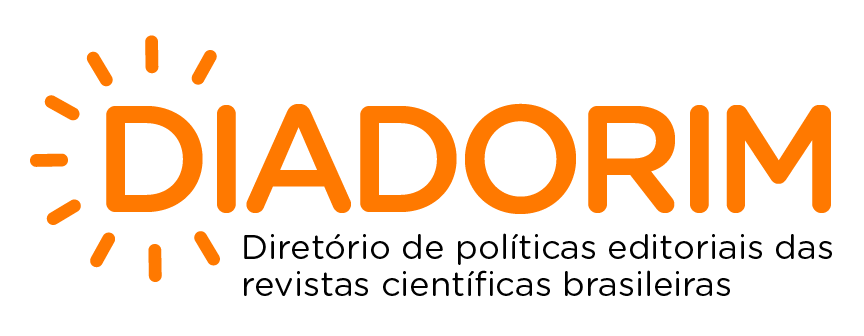Alimentación emocional
Asociaciones entre impulsividad, depresión, sexo y peso corporal en jovenes adultos
DOI:
https://doi.org/10.15448/1980-8623.2021.1.35452Palabras clave:
alimentación emocional, impulsividad, control inhibitorio, transtorno alimentario, estilo de alimentaciónResumen
Alimentación emocional (AE) se define como comer bajo la influencia de emociones negativas y se asocia con trastornos alimentarios, impulsividad, depresión y aumento de peso. Sin embargo, la literatura no es clara acerca de cómo estas variables explican AE. Este estudio buscó identificar predictores de AE y su relación con impulsividad, depresión, estilo de alimentación y peso corporal en jovenes adultos. Se examinaron diferencias entre sexo en el estilo de alimentación y diferencias en AE entre sujetos obesos/con sobrepeso y normales/con bajo peso. Doscientos estudiantes universitarios completaron cuestionarios en línea evaluando todas variables. Bajo control inhibitorio, síntomas de depresión, género femenino y índice de masa corporal más alto predijeron AE. Personas obesas/con sobrepeso y mujeres mostraron aumento de AE. Se evidenciaron correlaciones positivas entre comida no controlada, peso corporal y bajo control inhibitorio. AE está relacionada con factores psicológicos, como impulsividad y depresión, y biológicos, como género y masa corporal.
Descargas
Citas
Bénard, M., Camilleri, G., Etilé, F., Méjean, C., Bellisle, F., Reach, G., Hercberg, S., & Péneau, S. (2017). Association between impulsivity and weight status in a general population. Nutrients, 9(3), 217-230. https://doi.org/10.3390/nu9030217
Bongers, P., & Jansen, A. (2016). Emotional Eating Is Not What You Think It Is and Emotional Eating Scales Do Not Measure What You Think They Measure. Frontiers in Psychology, 7, 1–11. https://doi.org/10.3389/fpsyg.2016.01932
Braden, A., Flatt, S., Boutelle, K., Strong, D., Sherwood, N., & Rock, C. (2016). Emotional eating is associated with weight loss success among adults enrolled in a weight loss program. Journal of Behavioral Medicine, 39(4), 727-732. https://doi.org/10.1007/s10865-016-9728-8.
Cross, C. P., Copping, L. T., & Campbell, A. (2011). Sex differences in impulsivity: a meta-analysis. Psychological Bulletin, 137(1), 97–130. https://psycnet.apa.org/doi/10.1037/a0021591
Delinsky, S. S., & Wilson, G. T. (2008). Weight gain, dietary restraint, and disordered eating in the freshman year of college. Eating Behaviors, 9(1), 82-90. https://doi.org/10.1016/j.eatbeh.2007.06.001
De Onis, M., & Habicht, J. P. (1996). Anthropometric reference data for international use: recommendations from a World Health Organization Expert Committee. The American journal of clinical nutrition, 64(4), 650-658. http://doi.org/10.1093/ajcn/64.4.650
Evers, C., de Ridder, D. T., & Adriaanse, M. A. (2009). Assessing yourself as an emotional eater: Mission impossible?. Health Psychology, 28(6), 717–725. https://psycnet.apa.org/doi/10.1037/a0016700
Frayn, M., & Knäuper, B. (2017). Emotional Eating and Weight in Adults: a Review. Current Psychology, 37(4), 924-933. https://doi.org/10.1007/s12144-017-9577-9
Henry, J. D., & Crawford, J. R. (2005). The short-form version of the Depression Anxiety Stress Scales (DASS-21): Construct validity and normative data in a large non-clinical sample. British Journal of Clinical Psychology, 44(2), 227-239. https://doi.org/10.1348/014466505X29657
Jasinska, A. J., Yasuda, M., Burant, C. F., Gregor, N., Khatri, S., Sweet, M., & Falk, E. B. (2012). Impulsivity and inhibitory control deficits are associated with unhealthy eating in young adults. Appetite, 59, 738 747. https://doi.org/10.1016/j.appet.2012.08.001
Kakoschke, N., Kemps, E., & Tiggemann, M. (2017). The effect of combined avoidance and control training on implicit food evaluation and choice. Journal of Behavior Therapy and Experimental Psychiatry, 55, 99-105. https://doi.org/10.1016/j.jbtep.2017.01.002
Klump, K. L., Culbert, K. M., & Sisk, C. L. (2017). Sex differences in binge eating: Gonadal hormone effects across development. Annual Review of Clinical Psychology, 13, 183-207. https://doi.org/10.1146/annurev-clinpsy-032816-045309
Koenders, P. G., & van Strien, T. (2011). Emotional eating, rather than lifestyle behavior, drives weight gain in a prospective study in 1562 employees. Journal of Occupational and Environmental Medicine, 53(11), 1287-1293. https://doi.org/10.1016/j.appet.2012.08.009
Konttinen, H., Männistö, S., Sarlio-Lähteenkorva, S., Silventoinen, K., & Haukkala, A. (2010). Emotional eating, depressive symptoms and self-reported food consumption. A population-based study. Appetite, 54(3), 473-479. https://doi.org/10.1016/j.appet.2010.01.014
Krishnan, S., Tryon, R. R., Horn, W. F., Welch, L., & Keim, N. L. (2016). Estradiol, SHBG and leptin interplay with food craving and intake across the menstrual cycle. Physiology & Behavior, 165, 304-312. https://doi.org/10.1016/j.physbeh.2016.08.010
Lasserre, A. M., Glaus, J., Vandeleur, C. L., Marques-Vidal, P., Vaucher, J., Bastardot, F., Waeber, G., Vollenweider, P., & Preisig, M. (2014). Depression with atypical features and increase in obesity, body mass index, waist circumference, and fat mass: a prospective, population-based study. JAMA Psychiatry, 71(8), 880-888. http://doi.org/10.1001/jamapsychiatry.2014.411
Lazarevich, I., Camacho, M. E. I., del Consuelo Velázquez-Alva, M., & Zepeda, M. Z. (2016). Relationship among obesity, depression, and emotional eating in young adults. Appetite, 107, 639-644. https://doi.org/10.1016/j.appet.2016.09.011
Lavagnino, L., Arnone, D., Cao, B., Soares, J. C., & Selvaraj, S. (2016). Inhibitory control in obesity and binge eating disorder: A systematic review and meta-analysis of neurocognitive and neuroimaging studies. Neuroscience & Biobehavioral Reviews, 68, 714-726. https://doi.org/10.1016/j.neubiorev.2016.06.041
Litwin, R., Goldbacher, E. M., Cardaciotto, L., & Gambrel, L. E. (2016). Negative emotions and emotional eating: the mediating role of experiential avoidance. Eating and Weight Disorders - Studies on Anorexia, Bulimia and Obesity, 22, 97-104. https://doi.org/10.1007/s40519-016-0301-9
Löffler, A., Luck, T., Then, F. S., Sikorski, C., Kovacs, P., Böttcher, Y., Breitfeld, J. Yönjes, A., Horstmann, A., Löffler, M., Engel, C., Thiery, J., Villringer, A., Stumvoll, M., & Riedel-Heller, S. G. (2015). Eating behaviour in the general population: An analysis of the factor structure of the German version of the three-factor-eating-questionnaire (TFEQ) and its association with the body mass index. PloS One, 10(7), 1-11. https://doi.org/10.1371/journal.pone.0133977
López-Guimerà, G., Dashti, H. S., Smith, C. E., Sánchez-Carracedo, D., Ordovas, J. M., & Garaulet, M. (2014). CLOCK 3111 T/C SNP interacts with emotional eating behavior for weight-loss in a Mediterranean population. PloS One, 9(6), e99152. https://doi.org/10.1371/journal.pone.0099152
Lovibond, P. F., & Lovibond, S. H. (1995). The structure of negative emotional states: Comparison of the Depression Anxiety Stress Scales (DASS) with the Beck Depression and Anxiety Inventories. Behaviour Research and Therapy, 33(3), 335-343. https://doi.org/10.1016/0005-7967(94)00075-U
Malloy-Diniz, L. F., Mattos, P., Leite, W. B., Abreu, N., Coutinho, G., Paula, J. J. D., Tavares, H., Vasconcelos, A. G., & Fuentes, D. (2010). Tradução e adaptação cultural da Barratt Impulsiveness Scale (BIS-11) para aplicação em adultos brasileiros. Jornal Brasileiro de Psiquiatria, 59(2), 99-105. http://dx.doi.org/10.1590/S0047-20852010000200004
Malloy-Diniz, L. F., De Paula, J. J., Vasconcelos, A. G., De Almondes, K. M., Pessoa, R., Faria, L., Coutingo, G., Costa, D. S., Duran, V., Coutinho, T. V., Corrêa, H., Fuentes, D., Abreu, N., & Mattos, P. (2015). Normative data of the barratt impulsiveness scale 11 (BIS-11) for Brazilian adults. Revista Brasileira de Psiquiatria, 37(3), 245–248. http://dx.doi.org/10.1590/1516-4446-2014-1599
Medeiros, A. C. Q. de, Yamamoto, M. E., Pedrosa, L. F. C., & Hutz, C. S. (2017). The Brazilian version of the three-factor eating questionnaire-R21: psychometric evaluation and scoring pattern. Eating and Weight Disorders, 22(1),169-175. https://doi.org/10.1007/s40519-016-0256-x
Nasser, M. (2009). Eating disorders across cultures. Psychiatry, 8(9), 347-350. https://doi.org/10.1016/j.mppsy.2009.06.009
Natacci, L. C., & Junior, M. F. (2011). The three factor eating questionnaire - R21: Tradução para o português e aplicação em mulheres brasileiras. Revista de Nutrição, 24(3), 383–394. http://dx.doi.org/10.1590/S1415-52732011000300002
Nicholls, W., Devonport, T. J., & Blake, M. (2016). The association between emotions and eating behaviour in an obese population with binge eating disorder. Obesity Reviews, 17(1), 30-42. https://doi.org/10.1111/obr.12329
Reid, R. C., Cyders, M. A., Moghaddam, J. F., & Fong, T. W. (2014). Psychometric properties of the Barratt Impulsiveness Scale in patients with gambling disorders, hypersexuality, and methamphetamine dependence. Addictive behaviors, 39(11), 1640-1645. http://dx.doi.org/10.1016/j.addbeh.2013.11.008
Robbins, T. W., Gillan, C. M., Smith, D. G., de Wit, S., & Ersche, K. D. (2012). Neurocognitive endophenotypes of impulsivity and compulsivity: towards dimensional psychiatry. Trends in Cognitive Sciences, 16(1), 81-91. https://doi.org/10.1016/j.tics.2011.11.009
Rosval, L., Steiger, H., Bruce, K., Israël, M., Richardson, J., & Aubut, M. (2006). Impulsivity in women with eating disorders: problem of response inhibition, planning, or attention?. International Journal of Eating Disorders, 39(7), 590-593. https://doi.org/10.1002/eat.20296
Smith, E., Treffiletti, A., Bailey, P. E., & Moustafa, A. A. (2018). The effect of attentional bias modification training on food intake in overweight and obese women. Journal of Health Psychology, 1-11. https://doi.org/10.1177%2F1359105318758856
Stanford, M. S., Mathias, C. W., Dougherty, D. M., Lake, S. L., Anderson, N. E., & Patton, J. H. (2009). Fifty years of the Barratt Impulsiveness Scale: An update and review. Personality and individual differences, 47(5), 385-395. https://doi.org/10.1016/j.paid.2009.04.008
Striegel-Moore, R. H., Rosselli, F., Perrin, N., DeBar, L., Wilson, G. T., May, A., & Kraemer, H. C. (2009). Gender difference in the prevalence of eating disorder symptoms. International Journal of Eating Disorders, 42(5), 471-474. https://doi.org/10.1002/eat.20625
Urbanek, J. K., Metzgar, C. J., Hsiao, P. Y., Piehowski, K. E., & Nickols-Richardson, S. M. (2015). Increase in cognitive eating restraint predicts weight loss and change in other anthropometric measurements in overweight/obese premenopausal women. Appetite, 87, 244-250. https://doi.org/10.1016/j.appet.2014.12.230
Vainik, U., Neseliler, S., Konstabel, K., Fellows, L. K., & Dagher, A. (2015). Eating traits questionnaires as a continuum of a single concept. Uncontrolled eating. Appetite, 90, 229–239. https://doi.org/10.1016/j.appet.2015.03.004
Varì, R., Scazzocchio, B., D’Amore, A., Giovannini, C., Gessani, S., & Masella, R. (2016). Gender-related differences in lifestyle may affect health status. Annali dell’Istituto Superiore di Sanita, 52(2), 158-166. http://doi.org/10.4415/ANN_16_02_06
Van Blyderveen, S., Lafrance, A., Emond, M., Kosmerly, S., O’Connor, M., & Chang, F. (2016). Personality differences in the susceptibility to stress-eating: The influence of emotional control and impulsivity. Eating Behaviors, 23, 76-81. https://doi.org/10.1016/j.eatbeh.2016.07.009.
Van Strien, T. (2018). Causes of emotional eating and matched treatment of obesity. Current diabetes reports, 18, 1-8. https://doi.org/10.1007/s11892-018-1000-x
Van Strien, T., Frijters, J. E., Bergers, G. P., & Defares, P. B. (1986). The Dutch Eating Behavior Questionnaire (DEBQ) for assessment of restrained, emotional, and external eating behavior. International journal of eating disorders, 5(2), 295-315. https://doi.org/10.1002/1098-108X(198602)5:2<295::AID-EAT2260050209>3.0.CO;2-T
Van Strien, T., Konttinen, H., Homberg, J. R., Engels, R. C., & Winkens, L. H. (2016). Emotional eating as a mediator between depression and weight gain. Appetite, 100, 216-224. https://doi.org/10.1016/j.appet.2016.02.034
Vignola, R. C. B., & Tucci, A. M. (2014). Adaptation and validation of the depression, anxiety and stress scale (DASS) to Brazilian Portuguese. Journal of Affective Disorders, 155(1), 104–109. https://doi.org/10.1016/j.jad.2013.10.031
Wang, G. J., Volkow, N. D., Telang, F., Jayne, M., Ma, Y., Pradhan, K., Zhu, W., Wong, C. T., Panayotis, K. T., Geliebter, A., Biegon, A., & Fowler, J. S. (2009). Evidence of gender differences in the ability to inhibit brain activation elicited by food stimulation. Proceedings of the National Academy of Sciences, 106, 1249-1254. https://doi.org/10.1073/pnas.0807423106
Williams, R. L., Wood, L. G., Collins, C. E., & Callister, R. (2015). Effectiveness of weight loss interventions–is there a difference between men and women: a systematic review. Obesity Reviews, 16(2), 171-186. https://doi.org/10.1111/obr.12241
Descargas
Publicado
Cómo citar
Número
Sección
Licencia
Derechos de autor 2021 Psico

Esta obra está bajo una licencia internacional Creative Commons Atribución 4.0.





